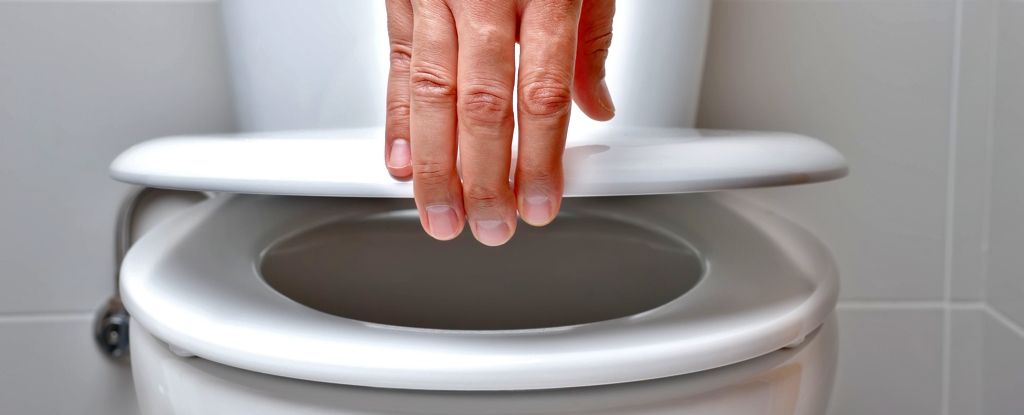
Recent research has shed light on the realities of public toilets, challenging common misconceptions about their safety and cleanliness. A study by Dr. Charles Gerba, a microbiologist at the University of Arizona, reveals that public restrooms can be surprisingly safe, contradicting the widespread belief that they are breeding grounds for germs.
Dr. Gerba’s findings indicate that while public toilets do harbor bacteria, the majority of them are not harmful to humans. In fact, many surfaces in a restroom, such as toilet seats and doorknobs, are less contaminated than commonly touched items in other public places, including cell phones and shopping cart handles. This research highlights the importance of understanding where germs truly reside in our everyday environments.
Understanding the Risks
The World Health Organization (WHO) emphasizes that proper hygiene practices can significantly reduce the risk of infection in public restrooms. Simple measures, such as washing hands with soap and water for at least 20 seconds, can effectively mitigate the potential dangers. According to Public Health England, the most significant risk in public toilets is not the facilities themselves but rather the lack of proper hand hygiene after use.
In a survey conducted in early 2023, it was reported that nearly 60% of individuals admitted to avoiding public restrooms due to concerns about cleanliness. This fear can lead to health complications, as holding in bodily waste can result in urinary tract infections and other medical issues. Public health experts stress the need for increased awareness and education on the safety of using public toilets.
Strategies for Improvement
Cities and municipalities across the United States and the European Union are taking steps to improve public restroom conditions. Initiatives include installing touchless fixtures, increasing the frequency of cleaning, and enhancing signage to encourage proper hygiene. These measures aim to restore public confidence in the safety of using shared facilities.
Dr. Gerba advocates for more transparent information regarding public restroom cleanliness. He suggests that facilities should provide real-time data on cleaning schedules and bacteria levels to reassure users. This proactive approach could help change public perception and encourage more people to utilize these essential facilities without fear.
Public toilets are a vital aspect of urban infrastructure, serving millions daily. Understanding the scientific realities surrounding them can help dispel myths and promote healthier practices. As cities strive to create cleaner and safer public spaces, it is crucial for individuals to remain informed and embrace proper hygiene measures when using these facilities.






